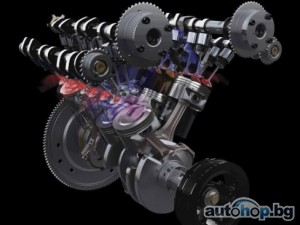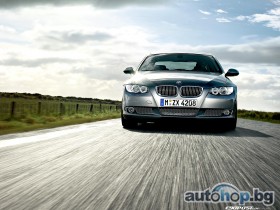FORD’S NEW ECOBOOST TECHNOLOGY AT A GLANCE
The first in a wave of new Ford EcoBoost™ engines makes its debut in the Lincoln MKS, MKT and Ford Flex later this year as part of Ford Motor Company’s global initiative to provide powertrains that deliver the fuel efficiency and power customers demand.
The twin-turbocharged 3.5-liter V-6 EcoBoost engine delivers the performance found in a normally aspirated V-8 while maintaining the fuel economy found in a normally aspirated V-6 engine.
A look at the highlights of the EcoBoost story:
* Power and fuel economy: The twin-turbocharged 3.5-liter Duratec V-6 EcoBoost engine produces 355 horsepower at 5,700 rpm and 350 ft.-lb. of torque at 3,500 rpm. A 10-15 percent fuel-economy benefit is expected versus normally aspirated 4.6-liter V-8 engines in the same competitive class.
"The beauty of EcoBoost is that it enables us to downsize for fuel efficiency, yet boost for power, said Derrick Kuzak, Ford’s group vice president of Global Product Development. "We’re able to decrease the size of the available engine – such as installing a V-6 versus a
V-8 – yet boost the power using turbocharging to deliver similar power and torque of that larger engine.
* Engine: Base engine architecture comes from the proven Duratec 3.5-liter V-6. To handle the increased torque that EcoBoost delivers, some upgrades were made to some of the components, such as the cylinder block, crankshaft, connecting rods pistons and exhaust valves to ensure the EcoBoost V-6 engine is as robust as possible.
"The Duratec 3.5 family is a good example of Ford’s forward planning in terms of powertrain technologies, said Brett Hinds, EcoBoost design manager. "The engine architecture itself was well protected for high-boost applications, so it didn’t require an extensive durability program. It was in good shape to start with.
* Turbochargers: Two Honeywell GT15 turbochargers with water-cooled bearings and operate in parallel, spinning at approximately 170,000 rpm up to 12 PSI. They are rated for a 150,000-mile, 10-year life.
"We’ve tested the turbochargers at a much-higher duty cycle than a customer would ever experience, said Keith Plagens, turbo systems engineer. "Our whole goal from the beginning was to make the operation of the turbochargers seamless, so the customer wouldn’t even know they were there.
* Direct fuel injection: A cam-driven high-pressure fuel pump feeds the fuel injectors at pressures ranging from 200 to 2,175 PSI (pounds per square inch) depending on customer driving. A typical port fuel injection system operates at pressures of around 60 PSI. Six sprayers in each injector target fuel into the cylinder, resulting in a cleaner and more-efficient fuel burn and better cold-start emissions.
"By injecting the fuel directly into the combustion chamber and under high pressure, the fuel is sent exactly where we want it to be for a given combustion cycle, said Joseph Basmaji, direct injection fuel system technical specialist. "This aids burning of fuel more efficiently and effectively.
Снимки
 Денис скептичен за бъдещето на Донингтън Парк
Денис скептичен за бъдещето на Донингтън Парк
11 януари 2009
 Ди Реста: Шансовете ми за тази година са минимални
Ди Реста: Шансовете ми за тази година са минимални
12 януари 2009
Коментари
Все още няма коментари. Бъдете първите, които ще изразят мнението си!











